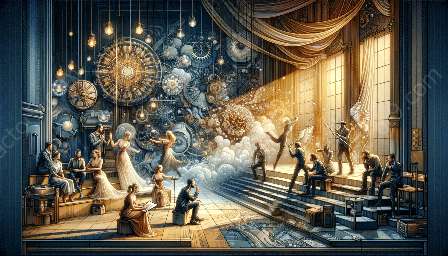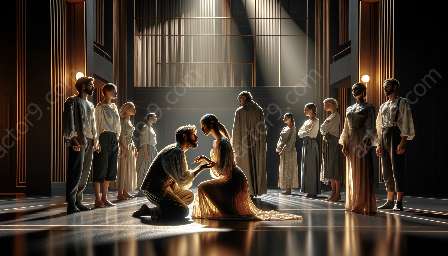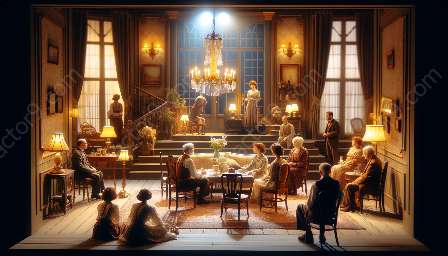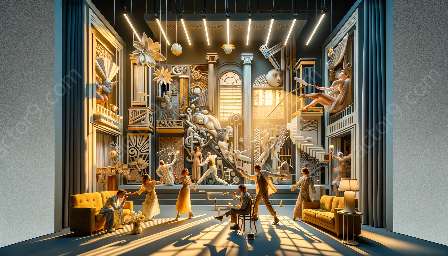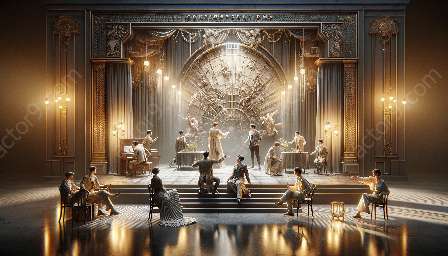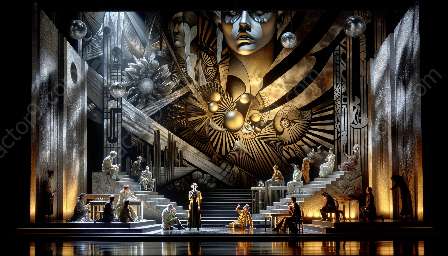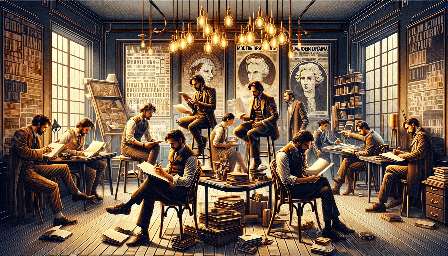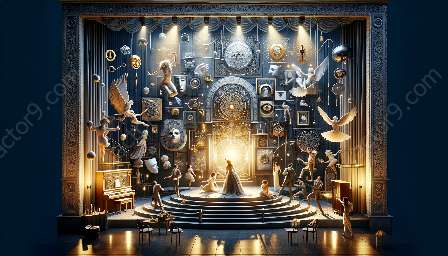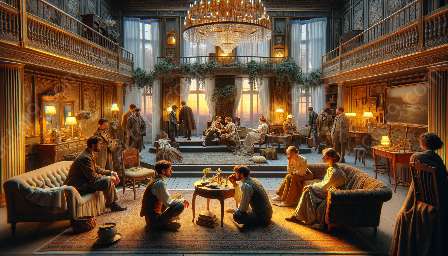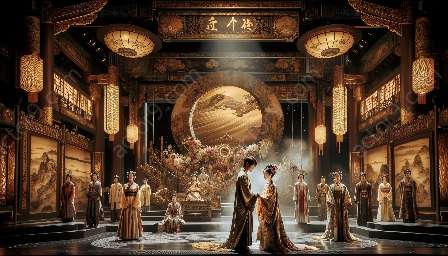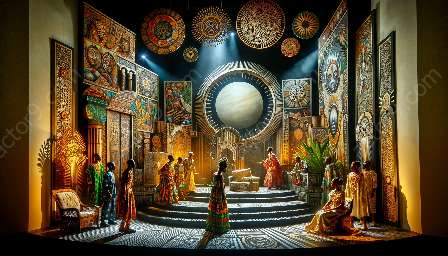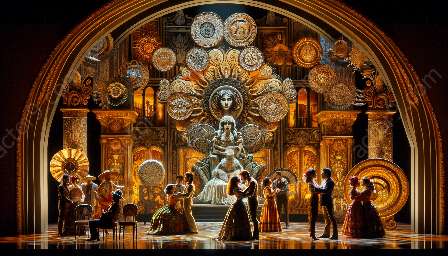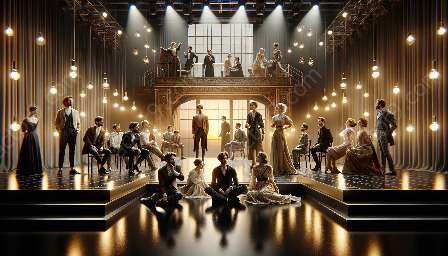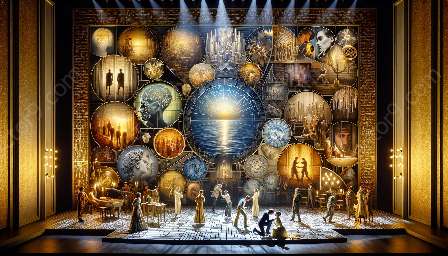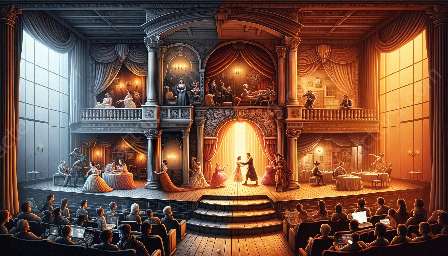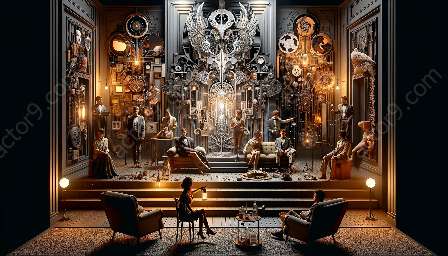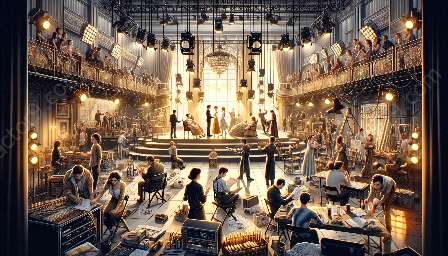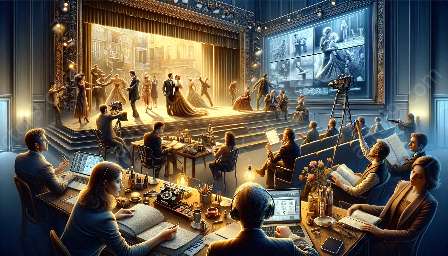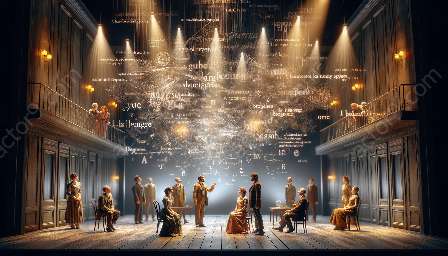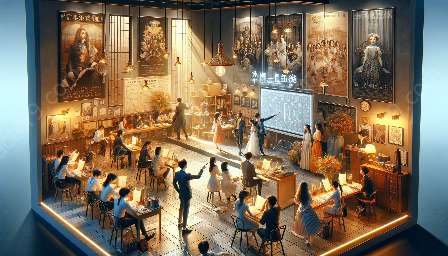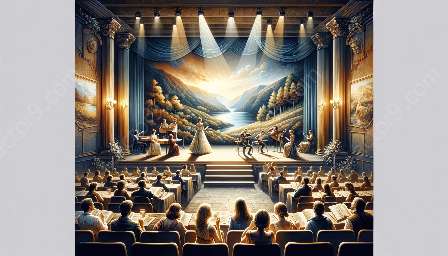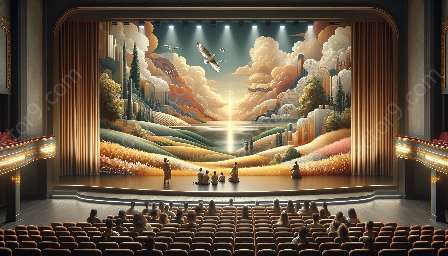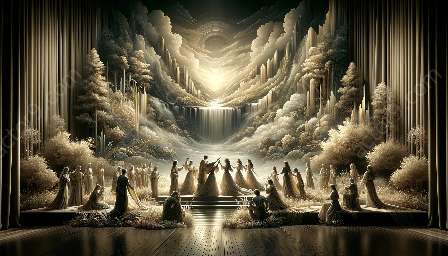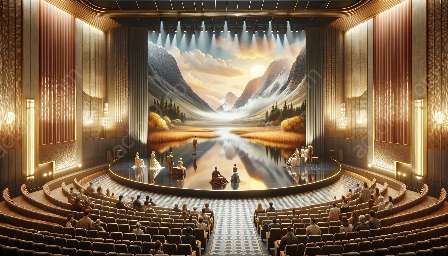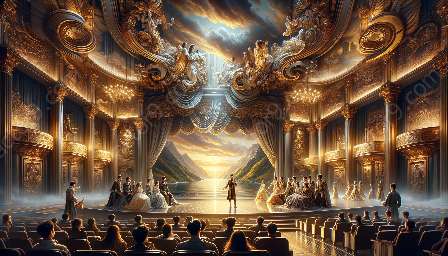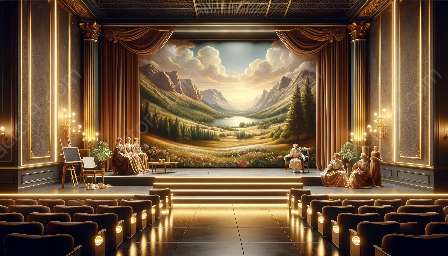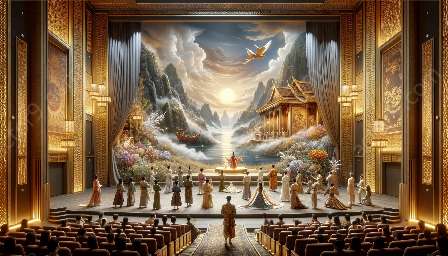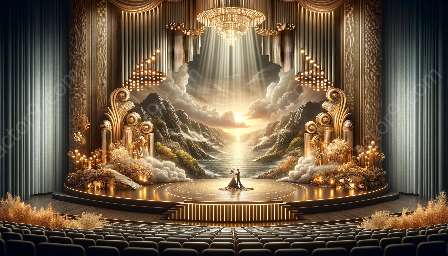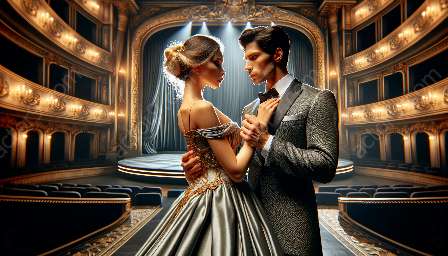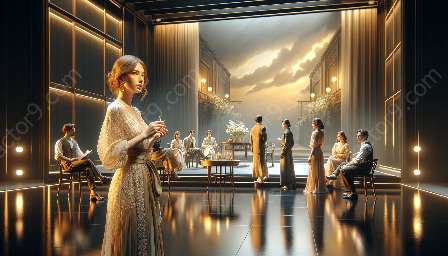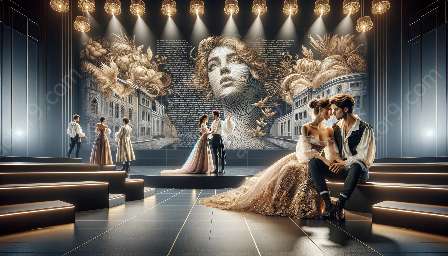Modern playwrights have introduced a range of innovations to the structure of dramatic storytelling, reshaping the landscape of modern drama. These changes have had a profound impact on the way stories are told in the theater, influencing both the creative process and the audience experience.
Exploring Realism and Beyond
Realism and naturalism were foundational movements in modern drama, and playwrights introduced innovations within these frameworks to offer new perspectives on storytelling. Playwrights like Henrik Ibsen and Anton Chekhov shifted the focus from purely external action to internal character conflicts, leading to a deeper exploration of the human condition. Furthermore, their innovations in dramatic structure and dialogue laid the groundwork for modern playwrights to continue pushing the boundaries of storytelling.
Nonlinear Narrative and Multi-Perspective Storytelling
One of the most significant innovations in modern dramatic storytelling has been the embrace of nonlinear narrative structures and multi-perspective storytelling. Playwrights like Tom Stoppard and Caryl Churchill introduced non-linear storytelling techniques, challenging traditional linear plot progression and inviting the audience to engage with fragmented narratives. This approach often mirrors the complexity and non-linearity of human experience, offering a more intricate and challenging form of storytelling.
Interweaving Time and Space
Modern playwrights have also experimented with the interweaving of time and space, offering innovative ways to tell stories across different temporal and spatial dimensions. By employing techniques such as time loops, parallel universes, and non-chronological storytelling, playwrights like Sarah Ruhl and Martin McDonagh have expanded the possibilities of dramatic storytelling, presenting narratives that transcend traditional conceptions of time and space.
Experimentation with Form and Structure
Modern playwrights have embraced experimentation with form and structure, pushing the boundaries of conventional theatrical storytelling. Playwrights such as Samuel Beckett and Harold Pinter introduced unconventional and minimalist approaches to dramatic form, challenging traditional notions of plot, character, and dialogue. This experimentation has led to the creation of plays that invite audiences to actively participate in the construction of meaning and interpretation.
Utilization of Technology and Multimedia
Technological advancements have also influenced the innovation of dramatic storytelling, as modern playwrights explore the integration of technology and multimedia into their work. Playwrights such as Caryl Churchill and Annie Baker have utilized multimedia elements, including projections, audio recordings, and digital interfaces, to enhance the theatrical experience and offer new modes of storytelling. These innovations have expanded the potential for immersive and interactive narratives within the theatrical space.
Interactive and Participatory Storytelling
Modern playwrights have sought to engage audiences in more interactive and participatory forms of storytelling, breaking down traditional barriers between the stage and the audience. Playwrights like August Wilson and Suzan-Lori Parks have incorporated elements of audience interaction and participation, creating a dynamic and immersive experience that blurs the lines between performer and spectator. This approach has redefined the relationship between the audience and the dramatic narrative, inviting a more active engagement with the storytelling process.
Conclusion
The innovations introduced by modern playwrights to the structure of dramatic storytelling have significantly transformed the landscape of modern drama, opening up new possibilities for creative expression and audience engagement. Through their experimentation with realism, nonlinear narrative, form, technology, and audience participation, modern playwrights have reshaped the fundamental conventions of dramatic storytelling, paving the way for a diverse and dynamic theatrical landscape that continues to evolve and captivate audiences.


